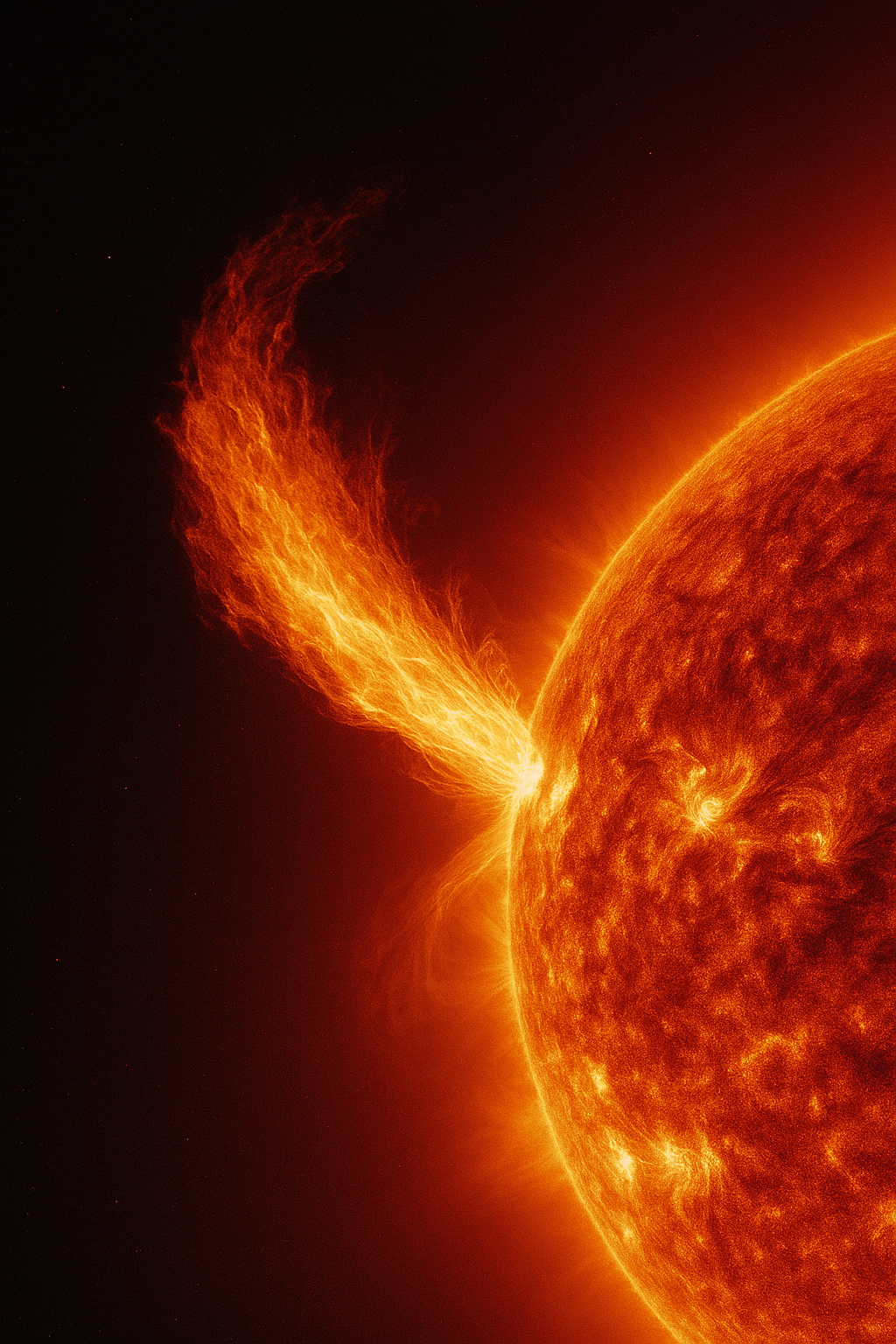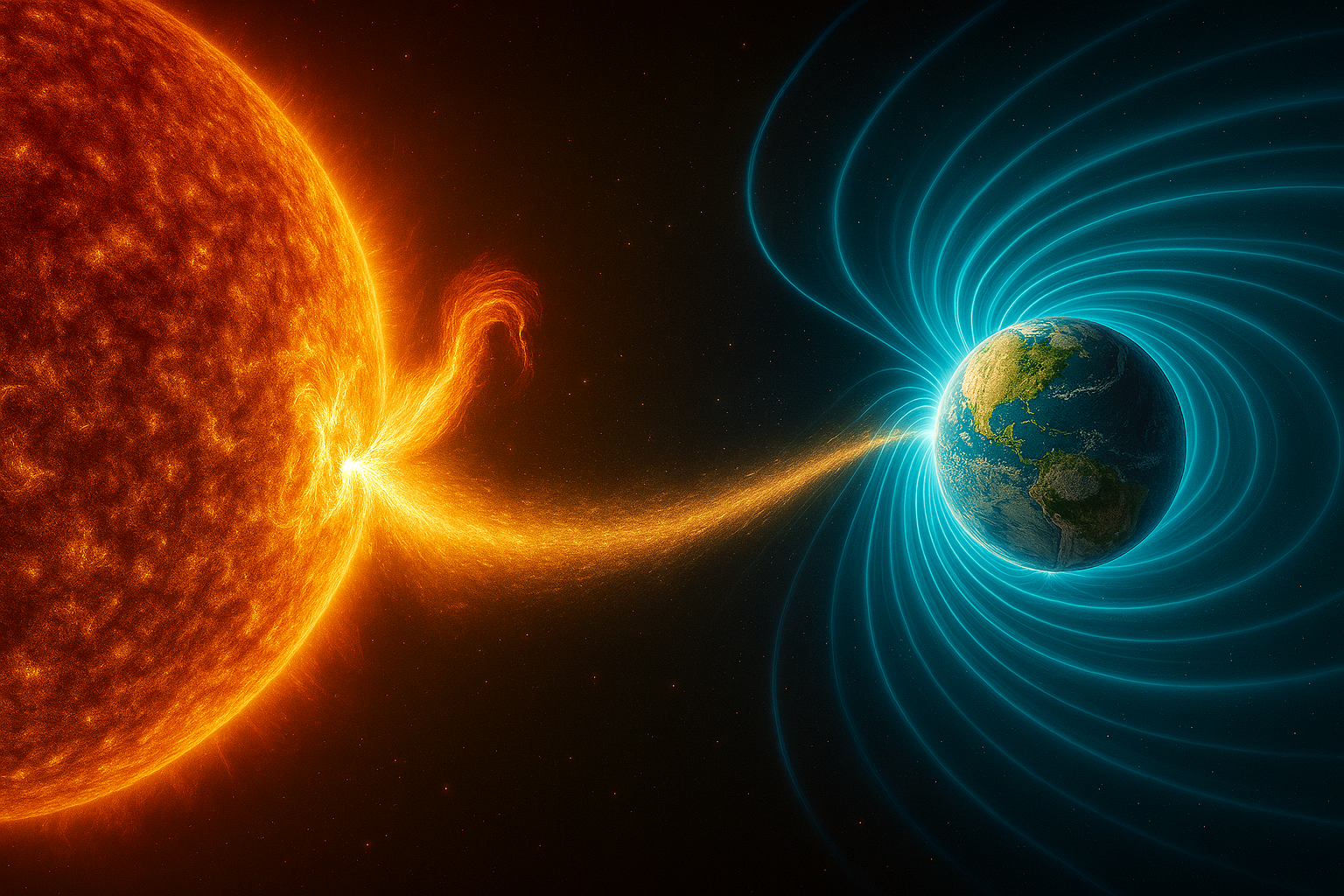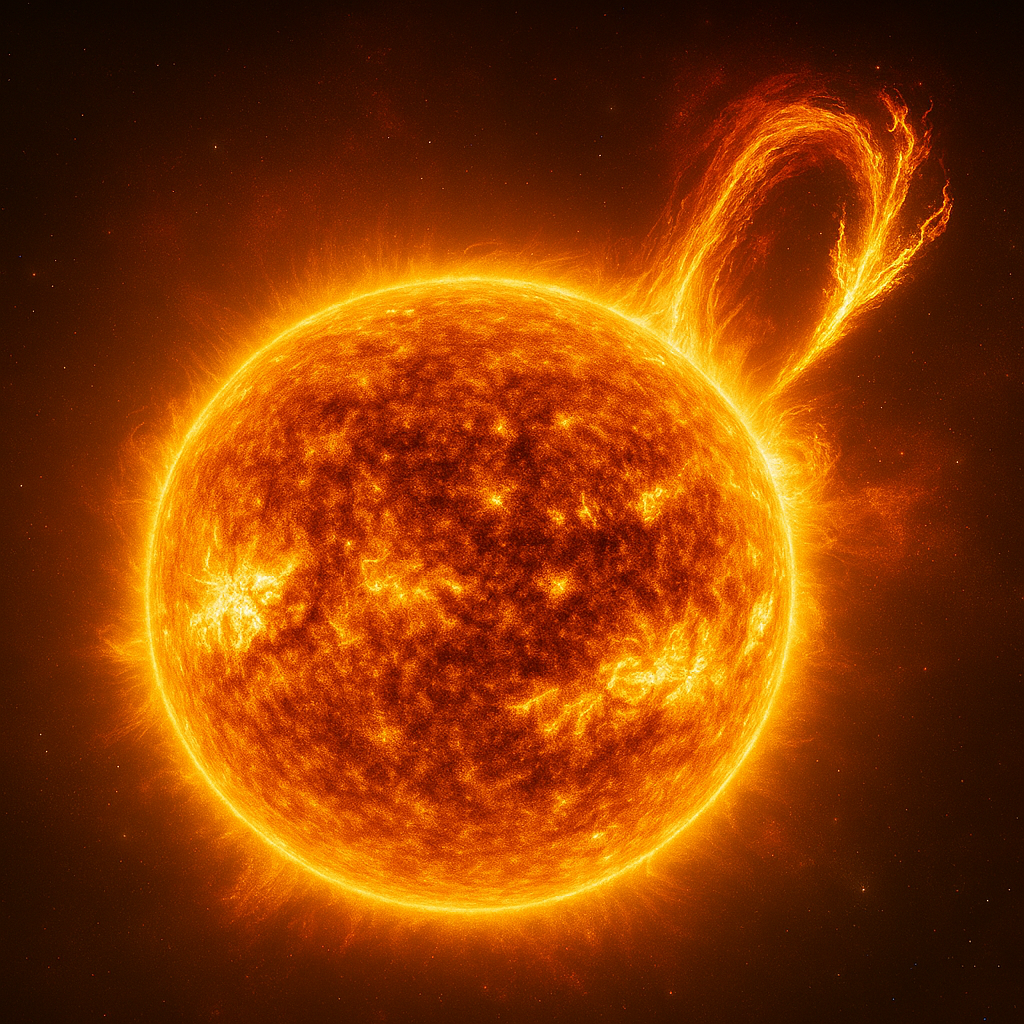What is Space Weather?
What is space weather? this refers to the environmental conditions in space caused by solar flares, coronal mass ejections (CMEs), and high-energy particle streams from the Sun. These phenomena interact with Earth’s magnetosphere and ionosphere, triggering geomagnetic storms that interfere with satellite operations and signal transmission.
Solar flares emit intense X-rays and ultraviolet radiation, which can ionize the upper atmosphere and degrade high-frequency (HF) radio signals, particularly on the sunlit side of Earth. This leads to temporary radio blackouts, affecting aviation, maritime operations, and emergency communications.
What is Space Weather
What is space weather, it is due to changes in the speed or density of the solar wind, and this is the continuous flow of charged particles that flow from the sun past earth and out into the voids of space. That flow has the effect of distorting the earths’ magnetic field, compressing it in the direction of the sun and stretching it out in the opposite direction of the sun.
The solar wind fluctuations cause variation in the strength and direction of the magnetic field measured near the earths' surface. Any abrupt changes in this dynamic medium are called geomagnetic disturbances.
What is Space Weather - Upper Atmosphere?
The electrical layers of the upper atmosphere (ionosphere) are disturbed during these events, in conjunction with normal changes, due to the flows of charged particles into the various layers and regions. This will impact on HF communications as the ionosphere acts as a mirror bouncing and reflecting signals back down to earth. This bounce or skip effect being the foundation for long distance communication for those of us that have Amateur (Ham) or SSB/HF radio equipment installed, so space weather prediction is as important as that meteorological forecast for your next offshore cruising or ocean passage.
What is Space Weather - Solar Cycles
Space weather depends on an 11-year solar cycle. Cycles vary in both intensity and length, and the solar activity is characterized by the appearance of sunspots on the sun. Sunspots are regions of stronger magnetic field. The solar maximum is the time when maximum spot numbers are visible. Sunspot numbers are those quoted for an average number over a 12-month period, and is the traditional measure of solar cycle status.
Peak sunspot like highest rainfall is that for recorded worst cases, and 5 of the last 6 have been high magnitudes. Cycle 19 in 1957 peak had a sunspot number of 201, and the largest on record, Cycle 21 in 1979 had a peak sunspot number of 165 was the second largest, Cycle 22 in 1989 was equal third largest.
Solar Cycle 25 began in December 2019 and is expected to peak around late 2024. As of November 2025, it remains active with elevated sunspot numbers, showing stronger-than-expected solar activity compared to initial forecasts
What is Space Weather - Solar Flares and GPS
Coronal mass ejections are more disruptive, as they hurl massive clouds of charged particles toward Earth. When these collide with the magnetosphere, they distort Earth’s magnetic field and ionospheric layers, causing GPS inaccuracies or complete signal loss. Precision-dependent industries—like agriculture, surveying, and aviation—can suffer significant operational setbacks.
Recent events, such as the November 2025 G4-class geomagnetic storm, demonstrated how severe space weather can impact modern infrastructure. GPS-guided farming equipment failed across the Midwest, and satellite communications experienced outages. Even newer GPS systems, though more resilient, are vulnerable to signal degradation during intense solar activit
olar flares are strong outbursts of energy distributed over a wide wavelength spectrum from visible light to the radio spectrum. This is due to the release of energy generated as sunspot magnetic fields distort and twist due to the effects of differential rotation of the sun.
Solar flares are also associated with the ejection of clouds of charged particles into the solar wind stream. This is termed a coronal mass ejection and often occurs with flare activity. The result is a geomagnetic and ionosphere storm back for us on the Third rock from the Sun, namely our Earth. Coronal holes are yet another space weather phenomena, and these are large regions in the solar corona or the suns outer atmosphere. The regions are typified by lower temperatures and density, and are the locations of magnetic field lines, which open into outer space.
The coronal holes contribute high speed streams to the solar wind which if reaching earth also produce space weather disturbances. GPS can be affected by space weather. Understand the affects and how to deal with it.
What is Space Weather
As our reliance on satellite-based technologies grows, monitoring space weather becomes critical. Agencies like NOAA’s Space Weather Prediction Center provide alerts and forecasts to help mitigate risks. Understanding and preparing for space weather ensures continuity in navigation, communication, and safety across global systems.


